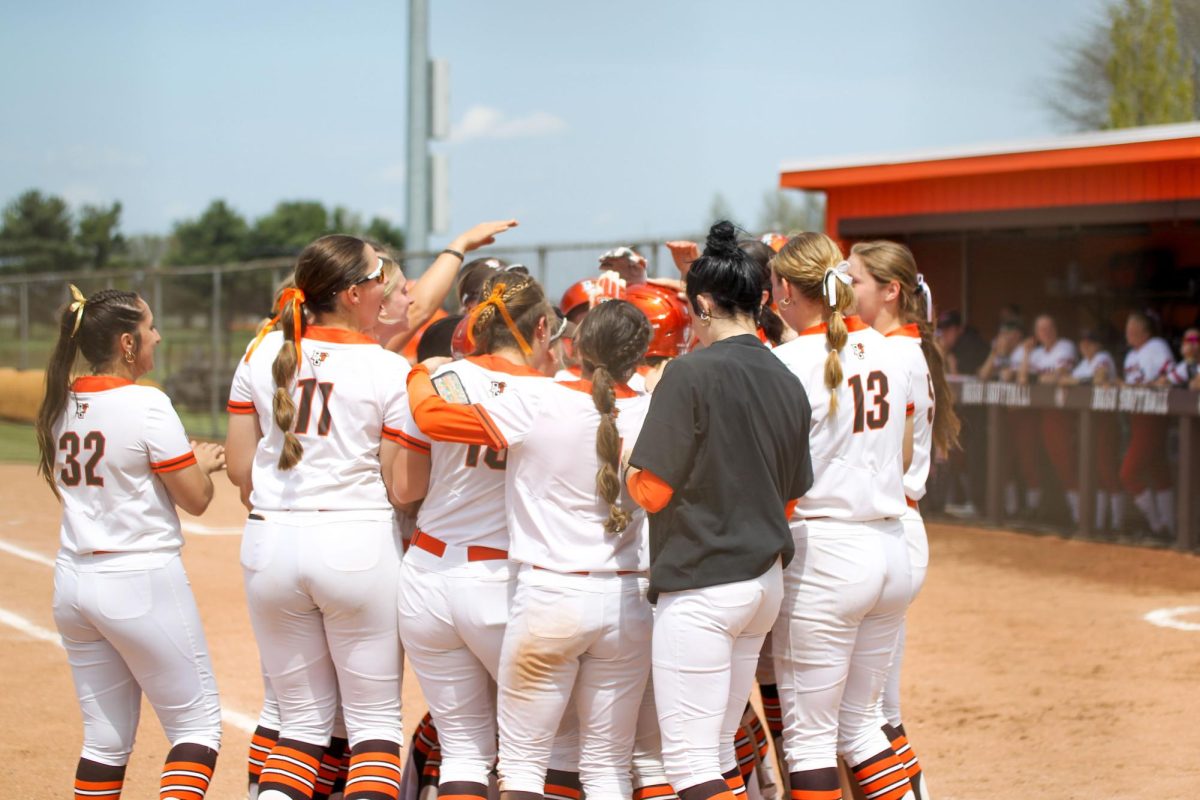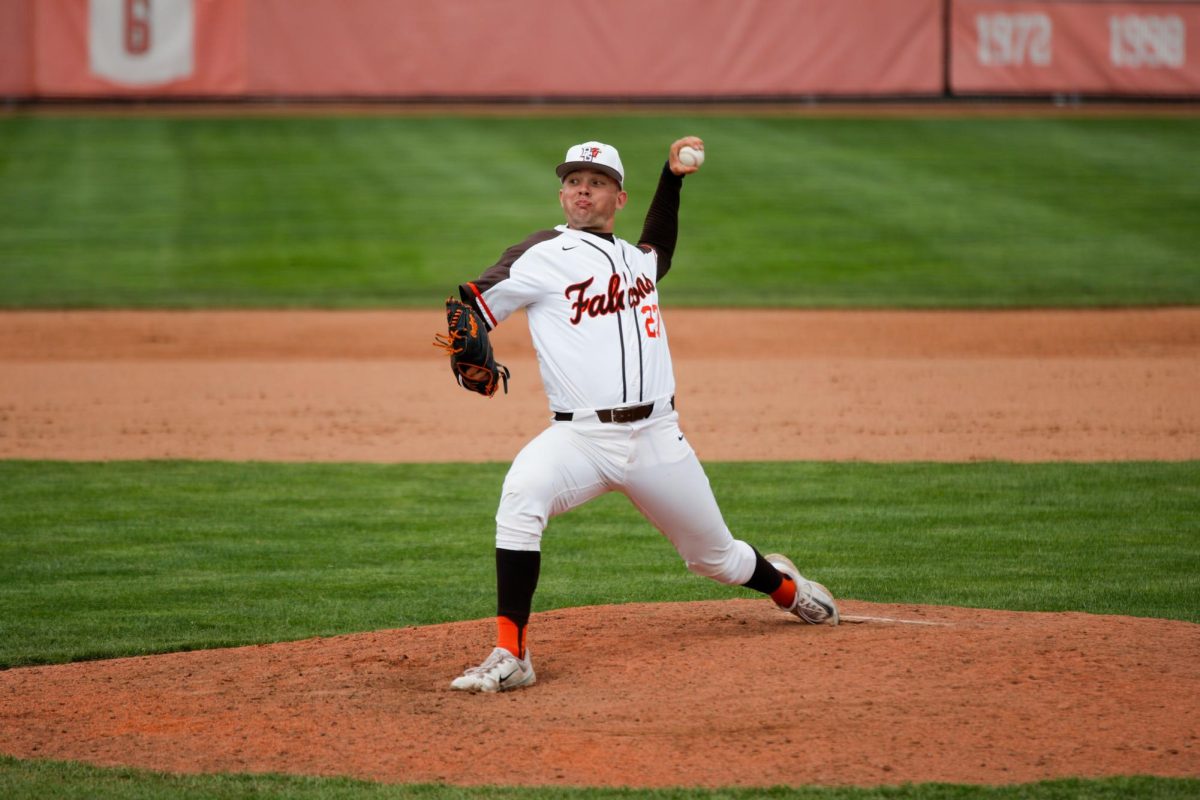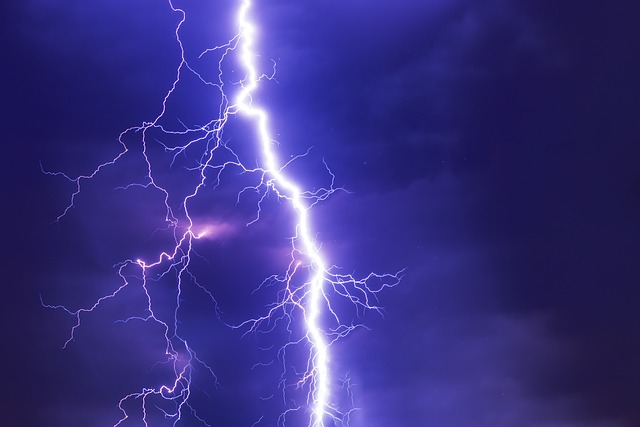As world advocates meet in Montreal this week to discuss the Kyoto treaty in an effort to reduce green house gases, and try to win American support, some small towns, like Bowling Green, Ohio, are ahead of the fray.
Usually college campuses are the breeding ground for environmental awareness, but in this corner of Northwest Ohio, it appears that the city of Bowling Green is setting an example for the University.
“The town is way out of head in doing things that are environmentally sound, while the University is middle of the road with environmental activities,” said Gary Silverman, professor of environmental health.
The city currently generates 20 percent of its energy usage from renewable resources, according to city utilities director, Kevin Maynard. With a combination of wind turbines, hydroelectric power, methane generated from landfills and a solar energy project in conjunction with the University, they are setting an example for the future of energy conservation.
Unlike mandates passed down through the federal government, like in nations who signed on to the Kyoto protocol, the impetus for Bowling Green’s green energy is internal.
“We are owned by our consumers, so we are sensitive to their needs,” Maynard said.
He is adamant that, as long as the customers continue to show interest in pursuing green energy, the city will comply.
Off-campus students can support green energy with other city residents by opting to pay a surcharge on their utilities bill to buy energy from renewable resources.
Maynard says that about 450 people, representing 3.2 percent of all customers, are signed on to the program.
Many customers are unaware the program even exists. Katy Cornell, junior, who rents an apartment, said she “had no idea” she had the green power option. However she doesn’t plan on signing up for it now that she is aware.
“I don’t really want to pay more for electric at this point in my life,” she said.
Bowling Green residents have responded at a rate typical to other cities with voluntarily green power programs.
“Nationwide these programs average between 2 and 5 percent a year,” Maynard said. Those contributions help fund the solar panels that the city utilities and Bowling Green State University brought to the town.
The solar panels are located on the roof of the University ice arena. It is the second-largest solar panel array in Ohio and generates 31 kilowatts of energy.
“It is just cool that they are using the sun to make ice,” Silverman said.
It also puts power on the power grid for the city. Despite the fact that solar energy is more expensive than nonrenewable energy, the city sells the power back to the University at the lower price of “regular” energy.
The city is continually trying to add more energy capacity to the solar panels. They originally intended to add 10 kilowatts this fall, but decided to wait until the spring.
“First Solar is coming out with a more high output unit in the spring,” said Tim Burns, Sebo Athletic Center project manager, explaining the delay.
The new panels in the spring will include an experimental system that could pave the way for the future of renewable energy.
Right now the panels generate a direct current, like a battery. An inverter converts direct current to alternating current, like when a device is plugged into the wall. This new project is attempting to utilize new, experimental technology on variable speed drives.
The variable speed drive is a way for energy to seamlessly change from direct current to alternating current. Then the electric lines can use the solar energy when the sun is shining, and then, when it is not, shift into using the main source of electricity.
“Bowling Green is going to be the first to take a renewable resource in conjunction with power lines,” Maynard said.
Although the University plays a big role in the solar panel energy project, they are not making other large, creative strides to become more energy efficient.
“The city has a real tradition of being innovative,” Silverman said, adding that University lags behind other Mid-American Conference schools in environmental sustainability.
“Our new buildings don’t usually incorporate the state of the art environmental features,” he said. “We don’t maximize energy efficiency.”
According to Silverman, the University has a high responsibility to be energy efficient is because, as a state university, it is “owned” by the citizens of Ohio.
“It is a good investment for them,” he said.
He believes energy efficiency will eventually pay off even from an economic standpoint, rather than just a moral or environmental view.
Silverman also believes that universities need to be social leaders and models to others and that right now Bowling Green is “not really doing that.”
Silverman believes one of the roadblocks to improving energy efficiency is the high upfront cost, and because new building budgets are managed separately from energy cost budgets, the eventual savings from green energy are not communicated between responsible parties.
“Olscamp Hall may look attractive, but it is losing tremendous amounts of energy because the windows should have been oriented toward the south, but they face north,” Silverman explained about new building projects.
The University’s latest building project, the Sebo Athletic Center, just broke ground, and Burns said, “We have incorporated a number of things to maximize efficiency.”
But he said some of the original energy saving plans had to be scrapped due to expense.
However, the plans still include windows on the North and the South, higher efficiency double-paned exterior walls and an insulating system that maximizes efficiency.
Silverman says that the University is making progress with efforts like installing automatic lights and better light bulbs, but still believes that there is progress to be made.


















